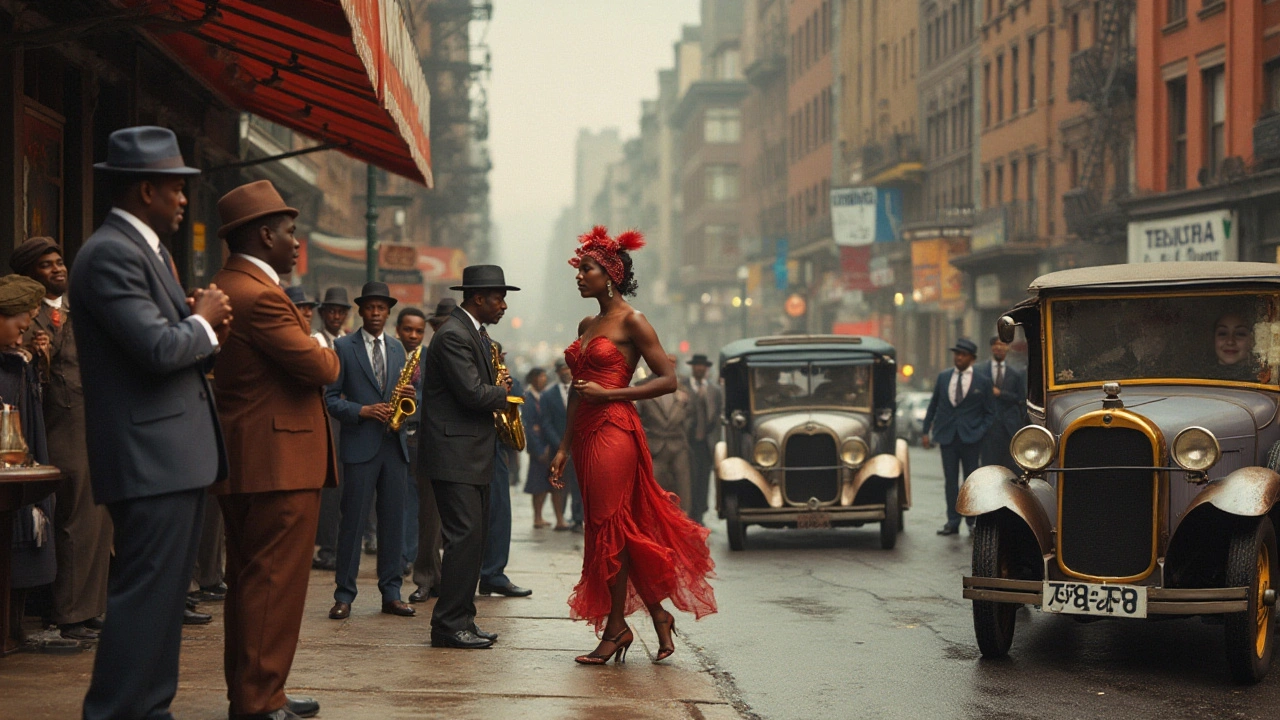African American history: art, people, and the stories that changed America
Did you know the Harlem Renaissance rewired how Black Americans were seen across the United States? That burst of music, writing, and visual art in the 1920s still shapes culture today. On this tag page you'll find clear, practical routes to learn—starting with two must-read posts: "Harlem Renaissance: Birth of a New Black Identity" and "10 Influential Figures Who Defined the Harlem Renaissance Era." Read those first if you want context, names, and short bios that stick.
Where to start: quick, useful steps
Start simple: pick one artist or writer and follow their trail. If you like painting, look up Aaron Douglas and Jacob Lawrence; for poetry and prose, check Langston Hughes and Zora Neale Hurston. Read one short piece, then find an image or recording. Seeing a painting while hearing a jazz clip from the same era brings the history to life fast. Visit a local museum or the Smithsonian’s online collections to view original works and primary documents without travel.
Use focused searches rather than broad ones. Search for "Harlem Renaissance photography" or "Black modernist painters" to get targeted results. When you read an article on this site, click the related posts—many of our pages link movements, like how Abstract Expressionism and other modern trends intersected with Black artists’ careers.
What to read and watch next
Pick one of these short projects: 1) Read the two Harlem posts listed on this tag and note three artists to explore deeper. 2) Watch a 20-minute documentary or museum tour online about the 1920s in Harlem. 3) Find one exhibition catalog or gallery page and save images you want to study. Keep it small and consistent—15–30 minutes a day builds real knowledge fast.
Want a guided path? Start with our article "Harlem Renaissance: Birth of a New Black Identity" for background, then open "10 Influential Figures Who Defined the Harlem Renaissance Era" for short biographies. After that, branch out: look at how later movements referenced Harlem ideas or how Black creators influenced broader trends in modern art. Use the site search to find crossovers—stories here connect movements, design, and cultural shifts.
Finally, make it personal. Talk with friends about what you saw, jot down a few questions, or try sketching a composition you liked. History feels different when you respond to it. This tag page is a small map—use the posts linked here as stepping stones into a much larger, vivid story of art, identity, and change.

